Worlds Collide: Captain John Smith and 1608
The Fateful Meeting at the Falls
In August 1608, Captain John Smith's exploration party encountered a massive gathering of Manahoac peoples at the Rappahannock falls. This collision between European exploration and Indigenous ceremonial life would forever change the sacred landscape and mark the beginning of cultural transformation in Virginia.
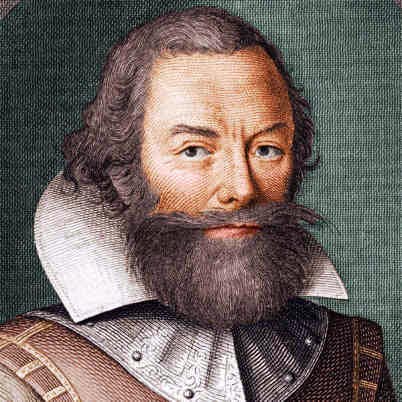
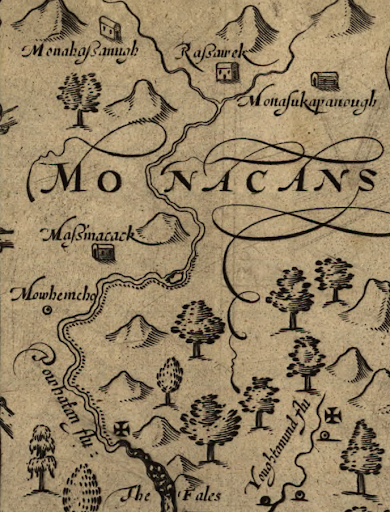
Captain John Smith's Historic Journey
Captain John Smith's 1608 Expedition
🚣 The Journey Upstream
In August 1608, John Smith's exploring party ventured up the Rappahannock to the falls at the site of present-day Fredericksburg. They pushed against increasingly powerful rapids as they approached the fall line, mapping the river and searching for gold, passages to the Pacific, and potential trade relationships.
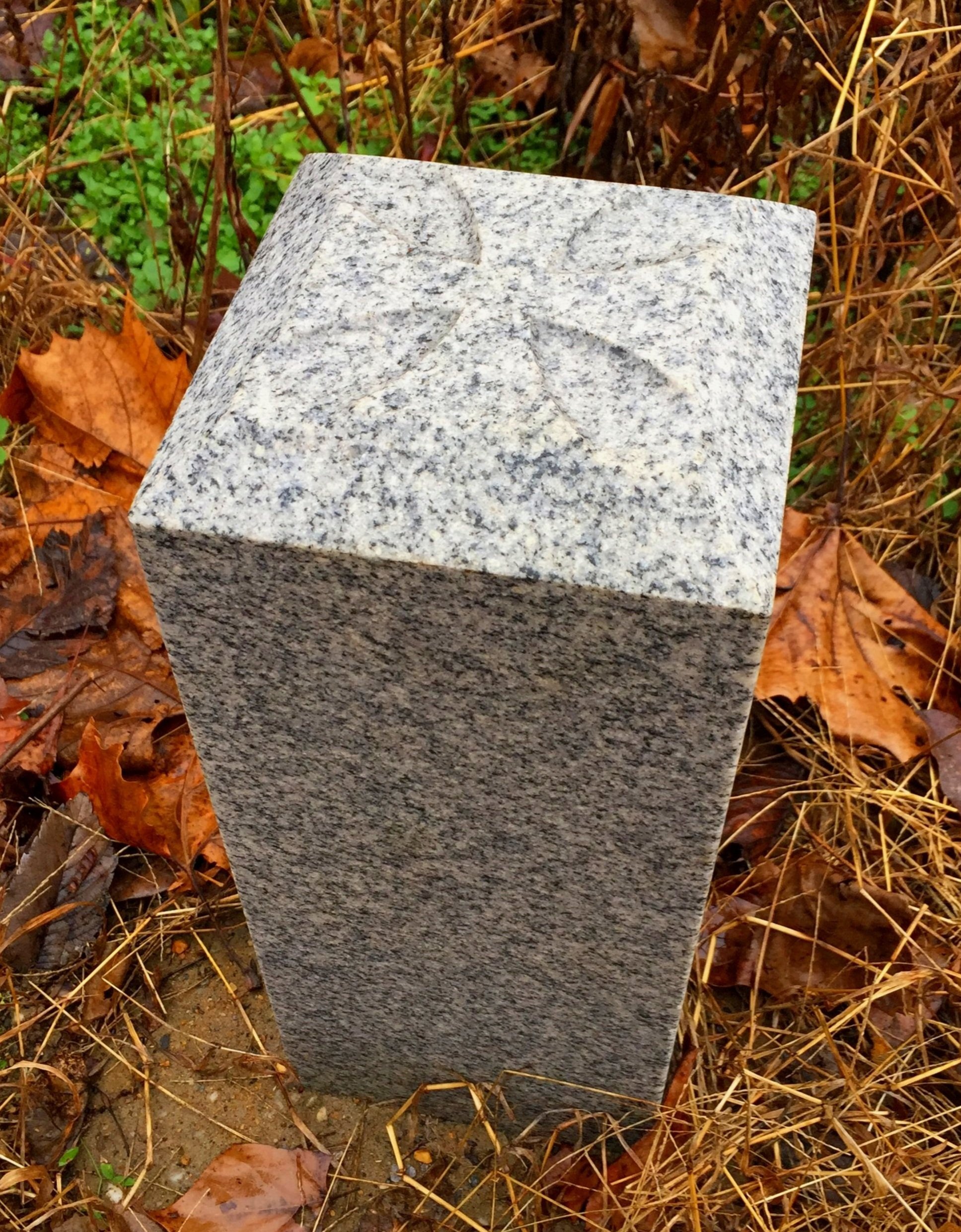
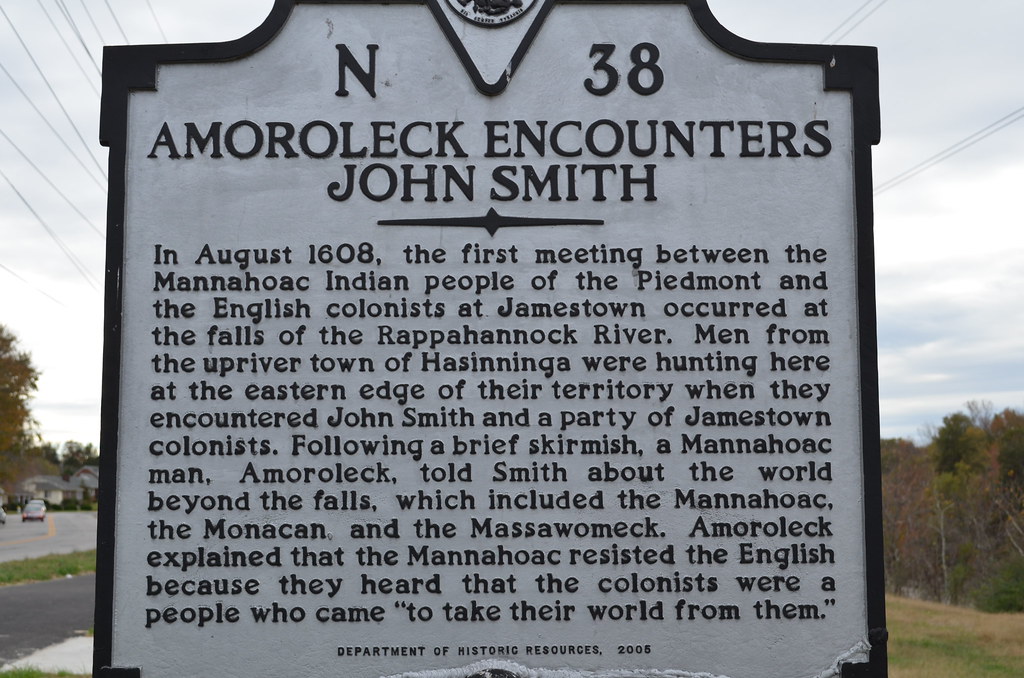
⚔️ The Encounter with Amoroleck
There they encountered a group of Manahoac hunters and captured a man named Amoroleck. Through an Algonquian interpreter (one "Mosco" from a Potomac tribe), Smith learned that the Manahoacs had several villages in the region. One was called Mahaskahod (also recorded as Mahaskahod or possibly the "Haqqasod" referenced in local tradition), described to Smith as a "hunting town" where people from several Manahoac sub-tribes had gathered.
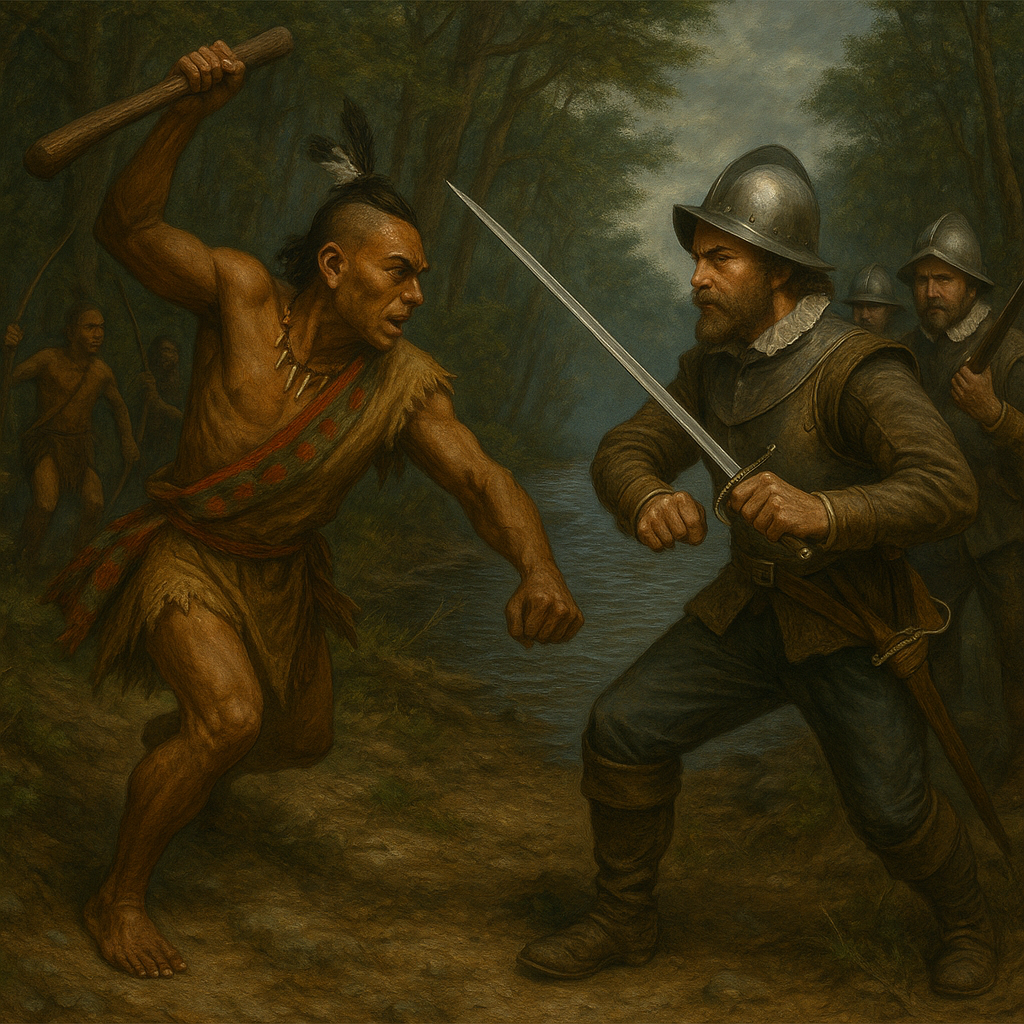
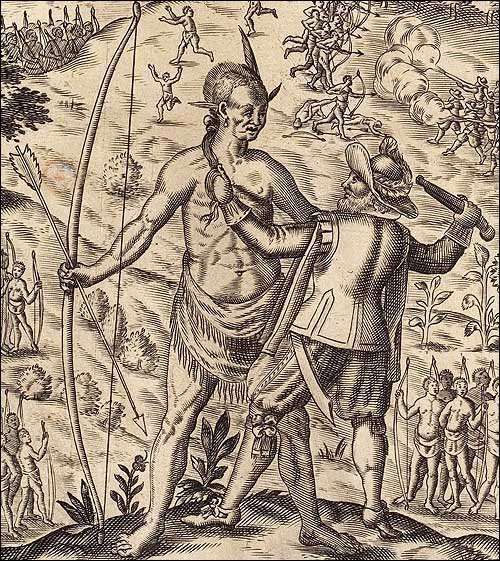
🤝 Diplomatic Resolution
Smith reported that four chiefs ("kings") of different Manahoac tribes soon arrived at the falls to parley and retrieve Amoroleck. The English noted the Manahoacs "had nothing but bows, arrows, tobacco bags, and pipes" and were fascinated by the Europeans' technology. This demonstrated sophisticated Indigenous diplomatic protocols governing the sacred territory.
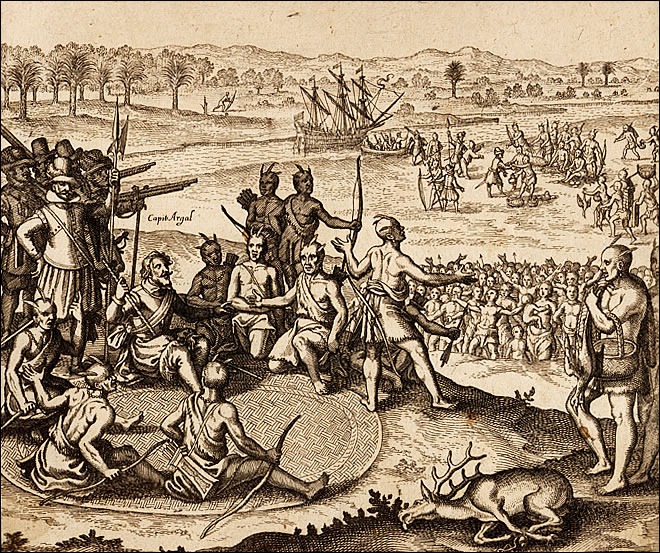
🏕️ The Sacred Meeting Ground Revealed
Smith's brief encounter thus suggests the fall line area was a neutral meeting ground and seasonal camp for various indigenous bands – likely drawn by abundant fish and game. Indeed, Mahaskahod was said to host several hundred natives during communal hunts. Archaeologists have since found Native pottery and other traces along the Rappahannock above the falls, consistent with large encampments, though exact village locations remain uncertain.

🗺️ Mapping the Sacred
Smith's subsequent map of Virginia marked the falls and surrounding territory, creating the first European documentation of this sacred landscape. His cross symbol on the 1624 map may mark the very overlook where ceremonies took place, forever changing how this sacred space would be understood and eventually colonized.
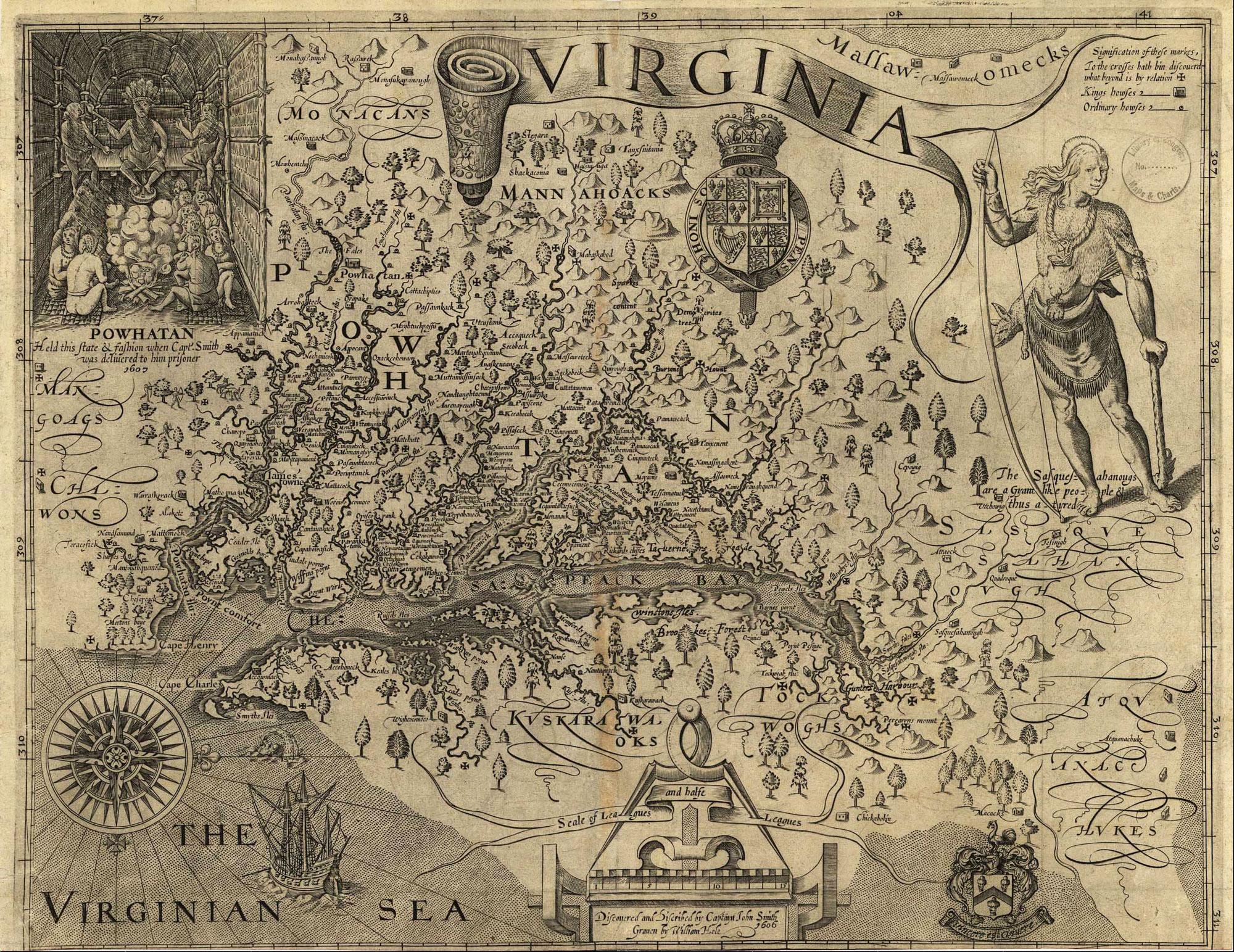
The Deeper Meaning
What Smith interpreted as a simple "fishing party" was likely a ceremonial gathering at one of the most sacred locations in Virginia. The presence of multiple tribal chiefs and the diplomatic protocols observed suggest this was no ordinary hunting expedition, but rather a significant spiritual and political gathering at the sacred falls. The encounter marked the beginning of European documentation of Indigenous sacred geography, though the true spiritual significance would be lost in translation and colonial interpretation.